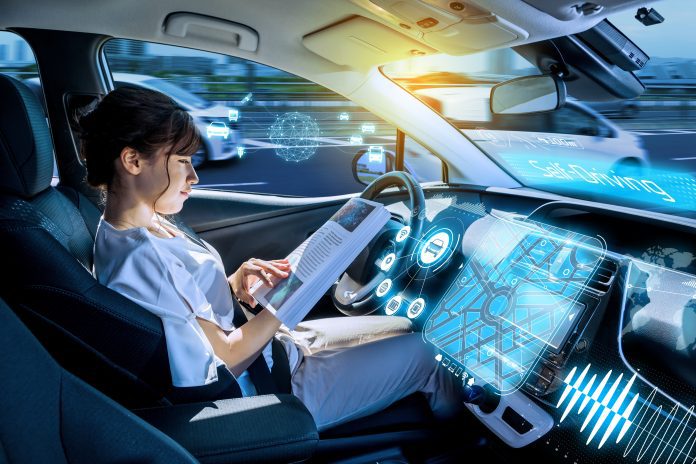New research from the Insurance Institute for Highway Safety (IIHS) reveals a concerning trend: drivers are more likely to engage in distractions, such as checking their phones or eating, when using partial automation systems. The study focused on two advanced driver assistance systems—Tesla’s Autopilot and Volvo’s Pilot Assist—highlighting how drivers increasingly neglect to monitor the road and take over when needed, despite safety requirements.
Partial automation systems like Tesla’s Autopilot and Volvo’s Pilot Assist are designed to assist with routine driving tasks by using sensors, cameras, and software to adjust speed and keep cars within their lanes. These systems represent a significant leap in vehicle technology, promising greater convenience and enhanced safety. However, the IIHS study suggests these promises are compromised by driver behavior. With automakers in a race to deploy advanced driver assistance systems (ADAS) to make driving easier and safer, the findings add urgency to the conversation about the potential dangers of distraction and misuse.
Drivers using these systems are required to stay vigilant, keeping their hands on the wheel and being ready to take control at a moment’s notice. However, the IIHS research shows that the design of these systems often leads to driver complacency. IIHS President David Harkey noted, “If you train them to think that paying attention means nudging the steering wheel every few seconds, then that’s exactly what they’ll do.” This lax attitude is evident in both studies, where drivers adapted their behavior to engage in risky, distracting activities.
In the study on Tesla’s Autopilot, 14 drivers logged over 12,000 miles. They triggered 3,858 attention-related warnings, with drivers typically responding in about three seconds by briefly touching the steering wheel—enough to prevent system escalation. The behavior suggests drivers are merely meeting the minimum requirement to keep the system engaged, rather than remaining fully attentive.
Researchers found that 29 drivers using Volvo’s Pilot Assist were distracted 30% of the time. They labeled this level of distraction as “exceedingly high” and are concerned that the system’s ease of use is leading to excessive reliance on automation rather than serving as a tool for enhanced safety.
The findings come at a critical time for the automotive industry, which is heavily investing in the future of driverless and semi-autonomous vehicles. While fully autonomous cars are still developing, partial automation systems like those offered by Tesla and Volvo are already widely available. Automakers such as General Motors, Mercedes-Benz, and Ford also work on similar technologies to automate parts of the driving process.
The rush to deploy such technologies is partly driven by consumer demand and the promise of new revenue streams for companies. However, it has sparked growing concerns and even litigation around the dangers of driver distraction and accidents involving semi-autonomous driving systems. Safety regulators, including the National Highway Traffic Safety Administration (NHTSA), have opened investigations into several crashes involving vehicles with advanced driver assistance systems. Tesla’s Autopilot is at the center of many inquiries.
Call for Better Safeguards
The IIHS report calls for stronger safeguards to prevent the misuse of partial automation systems. According to the institute, while these technologies are intended to assist drivers, they should not replace active and attentive driving. As the market for automated driving systems grows, so does the need for robust safeguards to ensure drivers remain engaged with the road.
Harkey emphasized the need for automakers to rethink how they design and promote these systems. “These results are a good reminder of the way people learn,” he said. In both these studies, drivers adapted their behavior to engage in distracting activities. This demonstrates why partial automation systems need more robust safeguards to prevent misuse.”
However, as automakers like Tesla and Volvo continue to push the boundaries of automated driving, the pressure to balance innovation with safety will only intensify. While the potential for these systems to reduce accidents and make driving more efficient is significant, the IIHS findings underline a crucial point: partial automation could lead to more harm than good without proper safeguards and education.
In the long run, the success of partial automation will depend on its ability to truly enhance safety rather than provide a false sense of security. The IIHS research serves as a wake-up call, urging both automakers and regulators to ensure that drivers remain actively engaged even as technology takes over more aspects of the driving experience.



